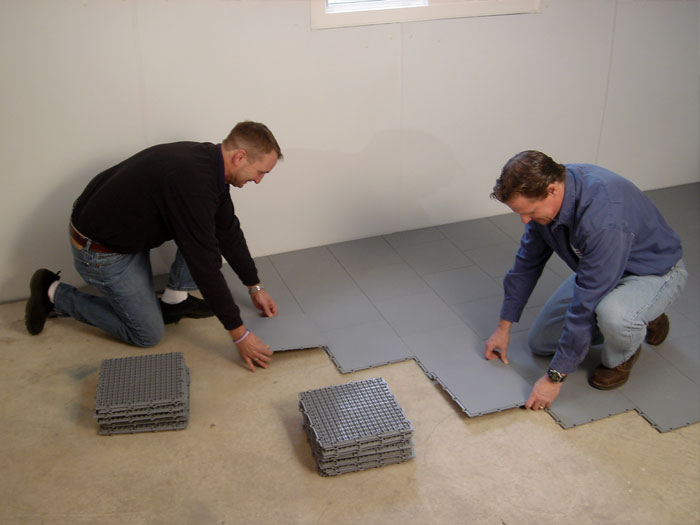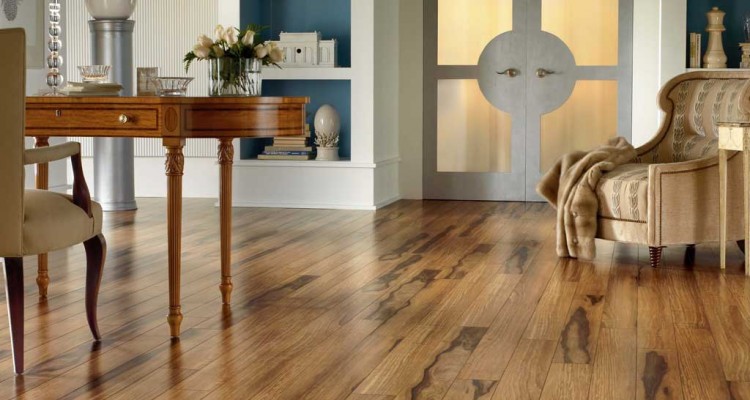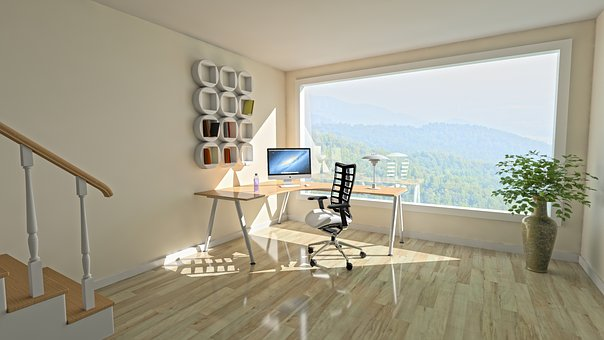What Lurks Beneath Your Old Floor? Don’t Fear the Void!

The Sooner You Find Out, The Easier the Fix
You might approach under-floor investigation with some trepidation – but by identifying any problems quickly, you can minimise repair costs.
Having a roof over your head is a basic need in life, but just as important for homeowners is the need to have a solid floor beneath your feet. If your floorboards are creaky, spongey or showing some other sign of wear, it can be tempting to put up with it, of hide the problem under a carpet.
Sticking your head in the sand is seldom a wise strategy, and certainly not when it comes to matters of home repair. These kinds of symptoms are often indicative of a problem with wet or dry rot. These are only going to get worse over time, and if you need to have timber treatment services performed, one thing is certain – the sooner you get on with it, the quicker, cheaper and simpler it will be to put right.
What lies beneath?
Know Your Enemy – it’s a phrase coined by Sun Tzu in his book The Art of War more than 2,500 years ago, and we are still quoting him today because it fits so many areas of life. As far as what might, or might not, be lurking under your feet, there are some signs to look out for before you start pulling up the floorboards. Here are a few tell tale indications that there could be trouble below:
- An earthy smell – this might be particularly pronounced in a corner
- Woodlice often seen wandering around your home
- Floor seems uneven or has dips
- Unpainted wood along skirting has suddenly become exposed, where it used to be concealed
- Edge trim of a hardwood / laminate floor coming away from the floor itself.
If any of the above look familiar, and particularly if more than one of them fits your circumstances, you definitely need to investigate further.
Take a look outside to see if there are any signs of trouble – after all, dealing with rot is one thing, preventing the root cause is another. If there is a downpipe, where is the water going? It should have a shoe at its base to divert the water away from the house.
If there is a grating, take a look in there to see if there is water visible – in all but the driest conditions, there should be some, so if it is empty, that could be a sign that the water is leaking under the house. Pour in a jug of water and see if it immediately disappears. If so, there is definitely trouble down there.
Diagnosing the problem
Now it’s time to life a floorboard or two. Carefully lever them up and shine a torch in – don’t be afraid to get your head in there to have a proper look. Wet rot is obvious to see, and if you have a moisture problem under the floorboards, you will know it straight away. Dry rot is also instantly recognisable. As well as the musty smell, the wood is likely to look cracked and brittle.
Treating dry rot is a job for the professionals. If you catch it early, it can be relatively straightforward and inexpensive. The point to remember is that it can and will spread if left untreated, so if in doubt, check it sooner rather than later.

